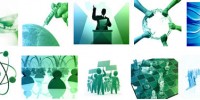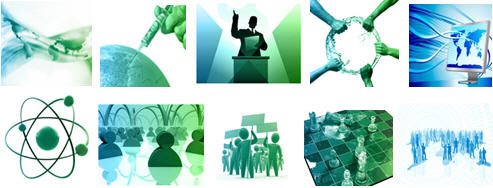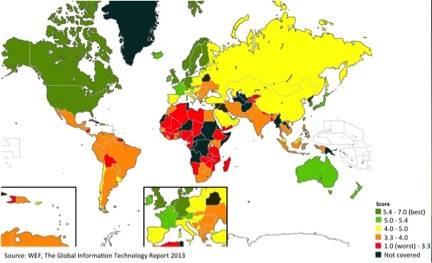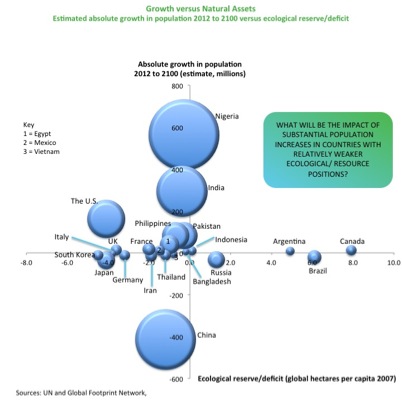
October 2013:
Just as businesses are becoming more actively engaged in addressing social challenges and developing new business models to deliver on both purpose and profit, so too are leading non-profit organizations rethinking their role, operating models and ways of working. Giving money to deserving projects is no longer enough. Realdania, along with other leading philanthropic organizations worldwide, is driving a new model of catalytic philanthropy that actively engages multiple stakeholders and communities in realizing sustainable positive changes environmentally, socially and economically. In the last 13 years Realdania has supported philanthropic initiatives with a total project value of approximately EUR 3.7 billion. Of this amount, Realdania’s grants account for EUR 1.9 billion, while other project partners have financed the additional amounts. We recently had the chance to speak with Jesper Nygård, CEO for Realdania in Denmark, to explore what this new approach means in driving positive changes in Danish communities.
Continue







